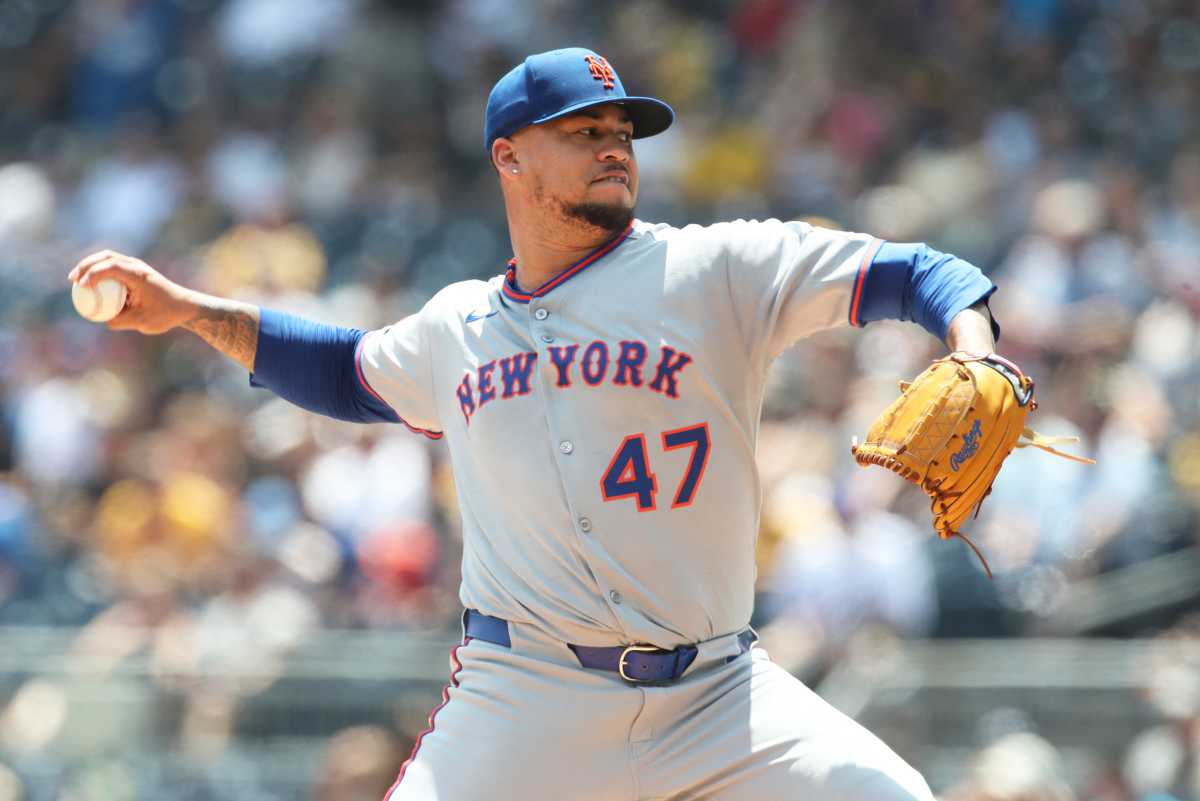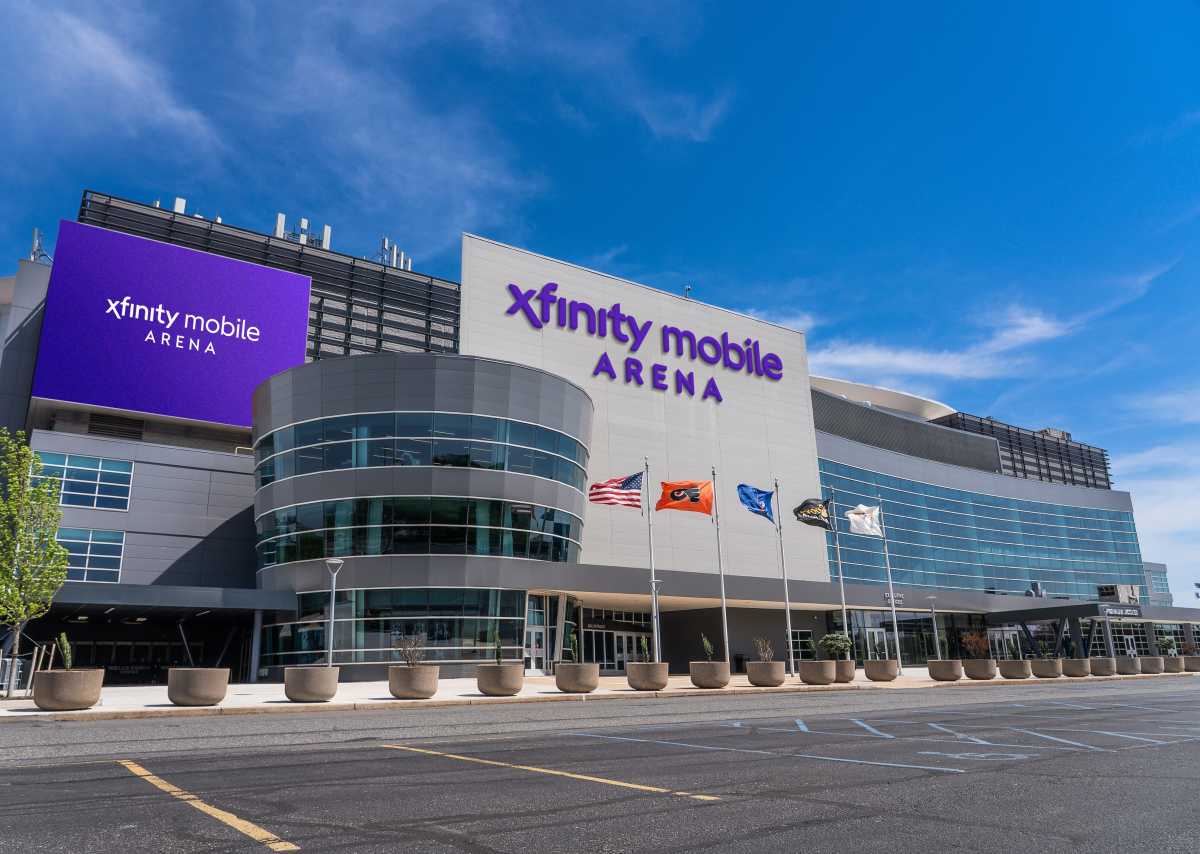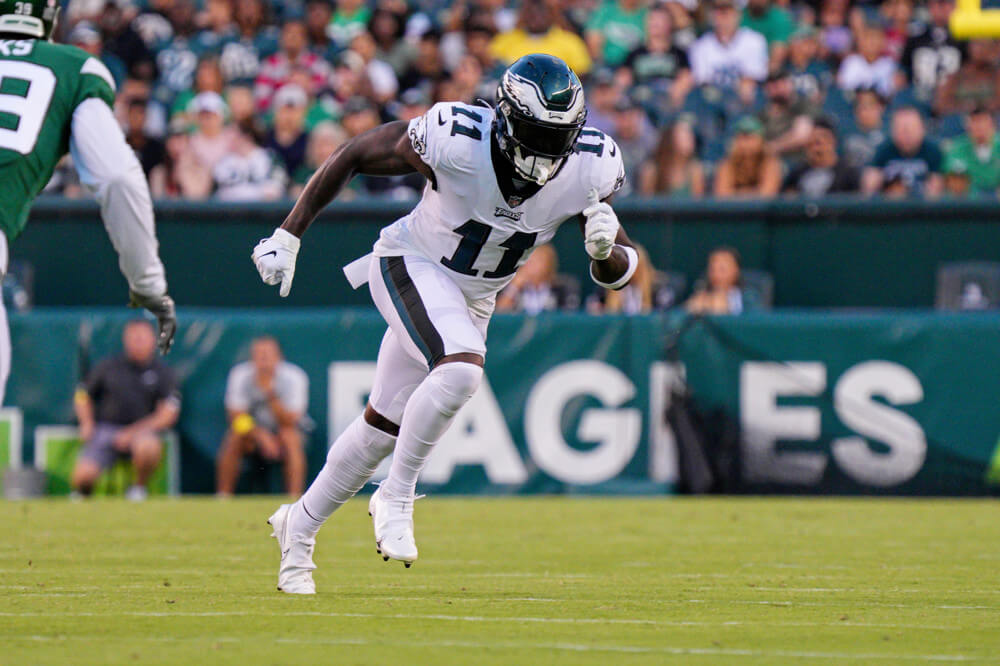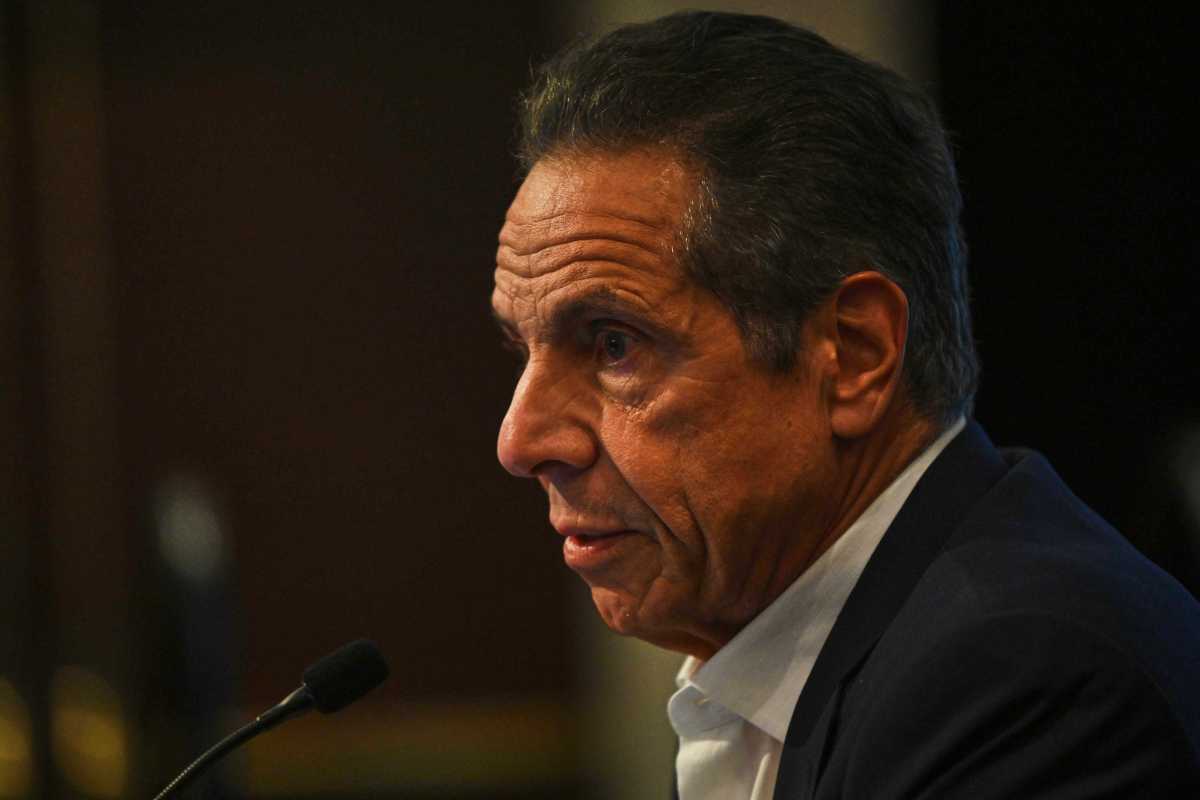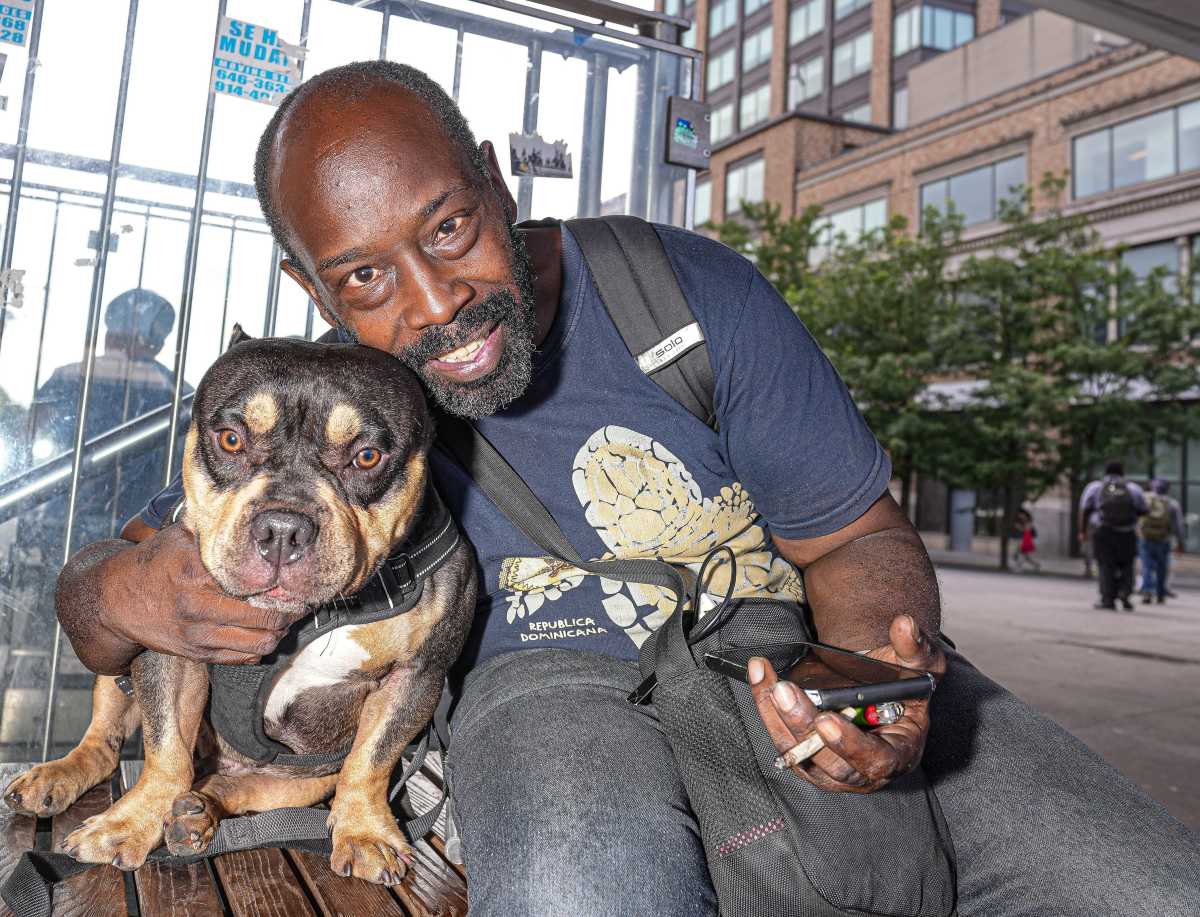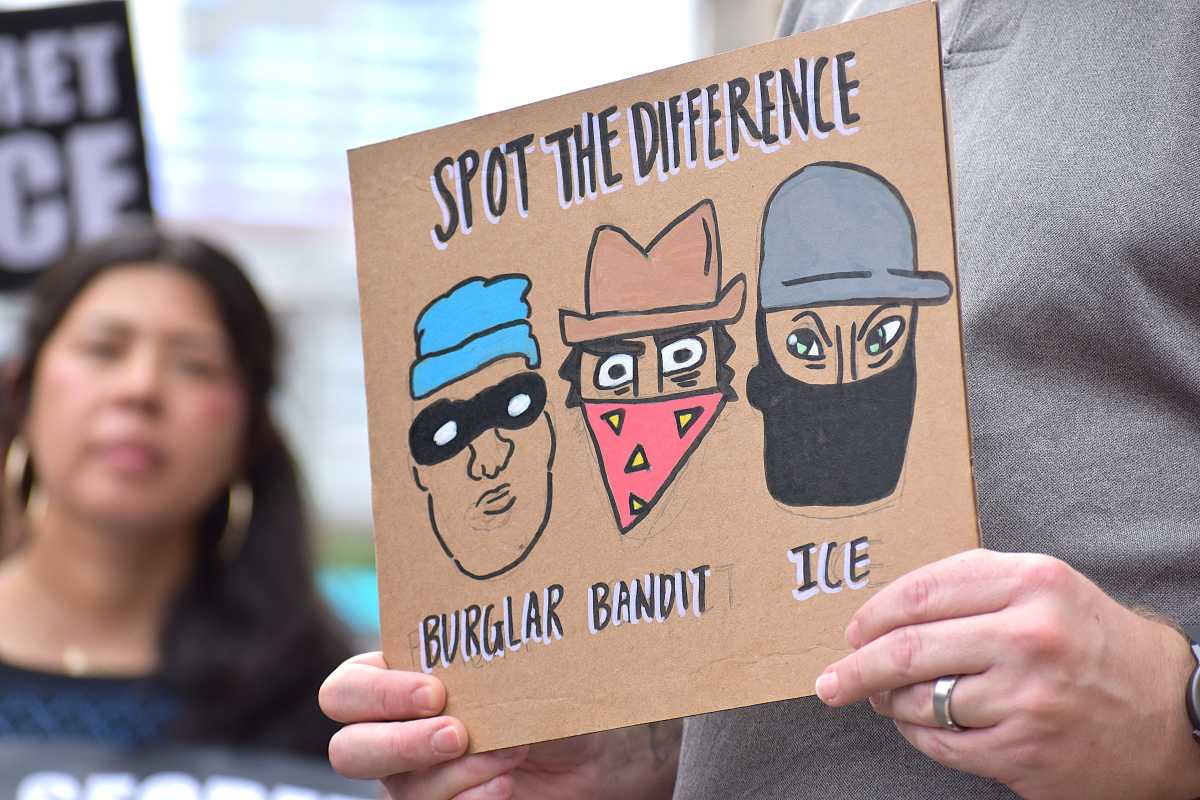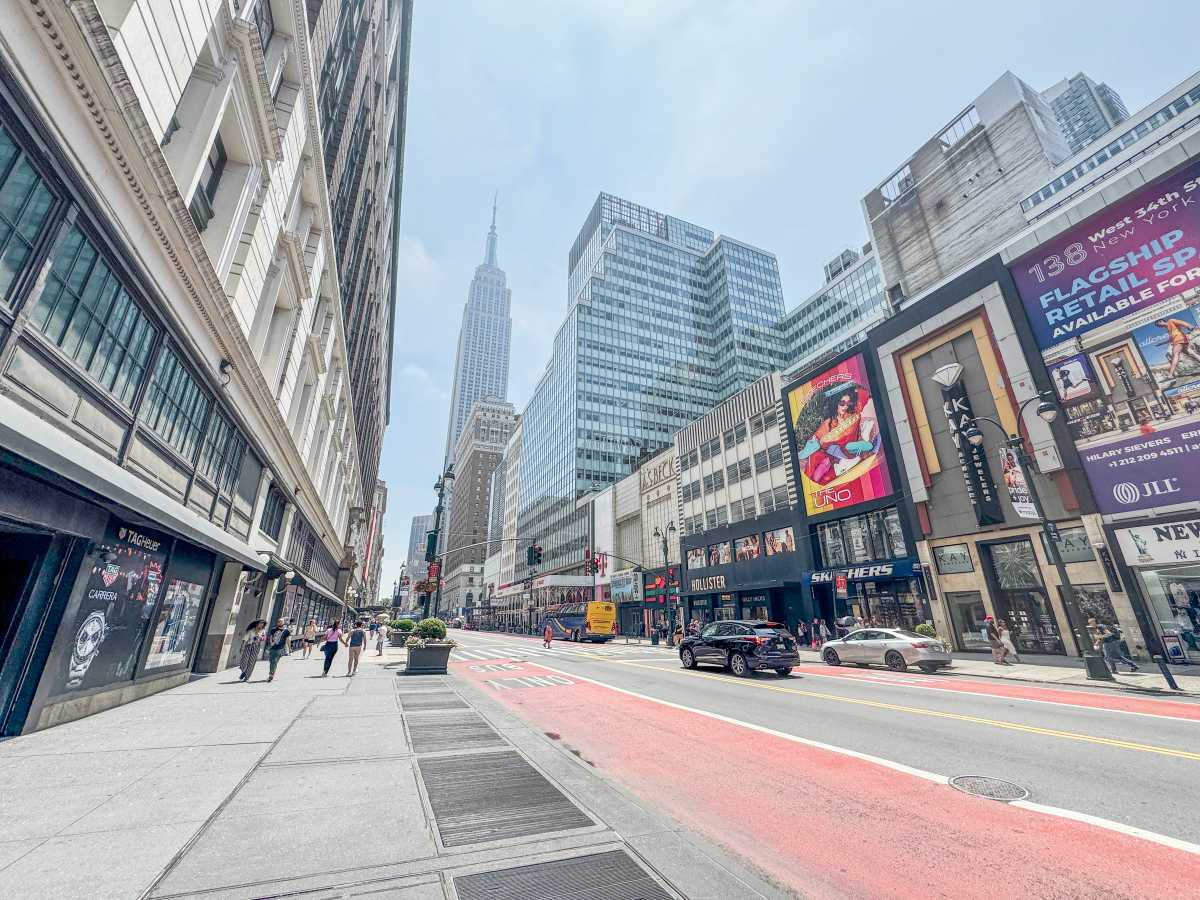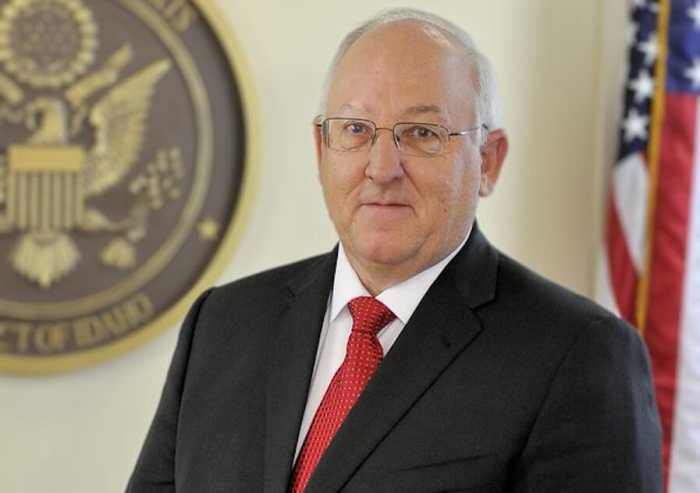New York City kids head back to school on Sept. 9. But how well is your child protected against infectious diseases such as measles at school?
Records obtained by Metro show New York City schools had a 98 percent overall vaccination rate for the 2014-2015 school year, with 930,153 students vaccinated out of a total of 949,384 students.
Vaccination rates for the current school year will be available later this fall, said Jason Fink, deputy press secretary of the New York City Department of Education.
Out of the 1,638 schools, 108 schools had 100 percent vaccination rate.
The NYC Department of Health and Mental Hygiene and Department of Education require all students entering New York City schools and childcare have a comprehensive medical exam within one year of entering school, and another when the child is aged 5-6.
Vaccinations are required for all students aged 2 months to 18 years, and could be kept out of school if they do not meet the requirements.
New students can start school or child care on a provisional basis if they provide documentation of initial series of shots.
A complete list of required vaccines are listed here.
Here are the top five schools with the highest per capita vaccination rate:
P.S./ I.S. 119 The Glendale
Number of students: 1,086 students
Vaccination rate: 100%
Zip code: 11385
Percentage of people living below the poverty level: 18.1%
Transit Tech Career and Technical Education High School
Number of students: 959
Vaccination rate: 100%
Zip code: 11208
Percentage of people living below the poverty level: 33.8 %
P.S. 62 Inocensio Casanova
Number of students: 797
Vaccination rate: 100%
Zip code: 10455
Percentage of people living below the poverty level: 38.7%
P.S. 250 George H. Lindsay
Number of students: 715
Vaccination rate: 100%
Zip code: 11206
Percentage of people living below the poverty level: 37.1%
P.S. 067 Mohegan School
Number of students: 668
Vaccination rate: 100%
Zip code: 10460
Percentage of people living below the poverty level: 40.7%
And the five schools with the lowest vaccination rates:
Liberty High School Academy for Newcomers
Number of students: 245
Number of vaccinated students: 158
Vaccination rate: 64.5%
Zip code: 10011
Percentage of people living below the poverty level: 8.6%
Multicultural High School
Number of students: 195
Number of vaccinated students: 133
Vaccination rate: 68.2%
Zip code: 11208
Percentage of people living below the poverty level: 30.5%
Manhattan Comprehensive Day and Night School
Number of students: 49
Number of vaccinated students: 35
Vaccination rate: 71.4%
Zip code: 10003
Percentage of people living below the poverty level: 20.3%
Bronx International High School
Number of students: 333
Number of vaccinated students: 241
Vaccination rate: 72.4%
Zip code: 10456
Percentage of people living below the poverty level: 40.3%
High School of World Cultures
Number of students: 284
Number of vaccinated students: 207
Vaccination rate: 72.9%
Zip code: 10472
Percentage of people living below the poverty level: 35.5%
“The health and safety of our students is our top priority and we offer strong support to families and principals to ensure all health requirements are met,” Fink said in an email sent to Metro.
A new state requirement for the 2015-2016 year requires students get two doses of (Measles-Mumps-Rubella) MMR before starting kindergarten, according to the health department.
“New York is kind of in the middle [vaccination spectrum]. The states with the toughest school vaccination rates are West Virginia, Mississippi and California, which only have medical exemptions and got rid of religious and philosophical exemptions,” said Dr. Amesh A. Adalja from the University of Pittsburgh Medical Center and a spokesperson for the Infectious Disease Society of America.
“A lot of states have a grace periods that allows kids to start attending school while waiting to finish their shots … grace periods are problematic, because students are unprotected for a good part of the school year allows time for the virus to spread,” Adalja said.
Additional reporting by LakshmiGandhi













